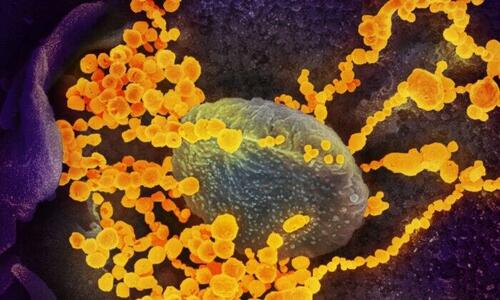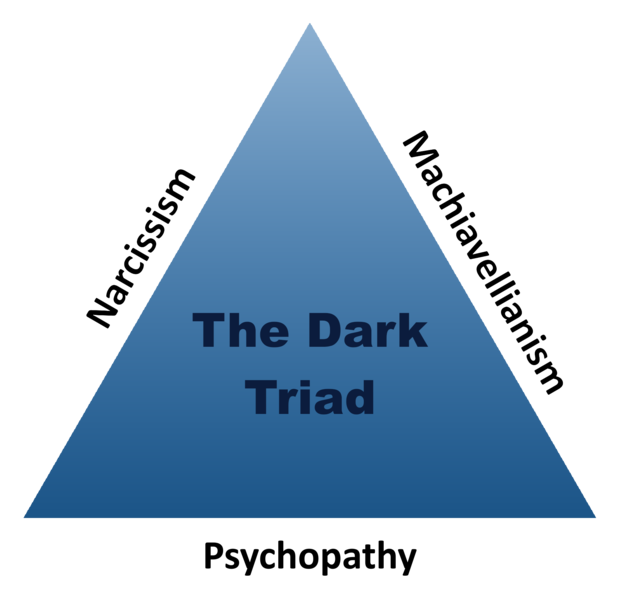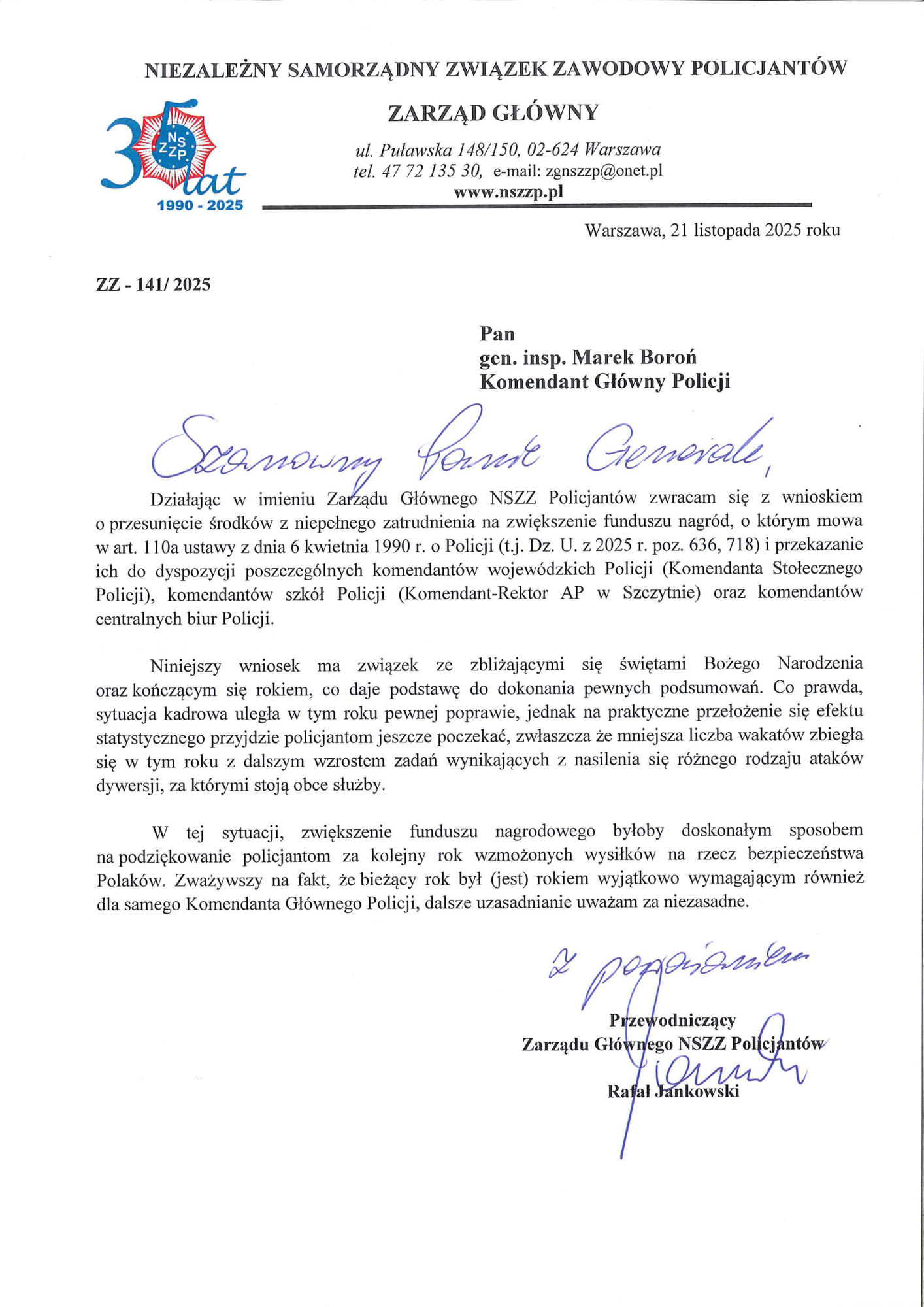
Panic!!! CDC Says „Very High” COVID-19 Levels Reported In 32 States
Authored by Jack Phillips via The Epoch Times,
The U.S. Centers for Disease Control and Prevention (CDC) said that COVID-19 levels across the United States are currently “very high” in more than half of states, with Omicron variants KP.3 and KP.3.1.1 accounting for about half of all cases.

Citing wastewater data as of Aug. 15, the CDC said that “very high” COVID-19 levels are being observed in 32 states as well as Washington, D.C., and “high” in 11 states. All the states along the West Coast and the Mountain states are in the “very high” range, according to the CDC.
A separate CDC dashboard shows that, for the week ending Aug. 10, COVID-19 emergency department visits were slightly down from 2.5 to 2.4 percent while hospitalizations were slightly up at 3.3 percent from 3.2 percent. During a previous increase in cases in December 2023, emergency department visits peaked at 3.4 percent, according to CDC data.
COVID-related deaths, according to the same CDC data, have been at record low levels for the past three months or so. For the week ending Aug. 3, there were 618 deaths recorded across the country, far lower than the 2,000 or so deaths that were reported every week for the winter 2023-2024 when there was the last nationwide increase in COVID-19.
In the winter of 2020–21, upward of 25,000 COVID-related deaths were tallied each week, according to CDC data.
In the current wave of COVID-19, the agency’s Nowcast tracker, which displays virus estimates for two-week periods, shows the Omicron-derived KP.3.1.1 strain accounting for 36.8 percent of positive infections, while the KP.3 variant is at 16.8 percent.
A spokesperson for the CDC told The Epoch Times earlier in August that the KP.3.1.1 variant “is very similar to other circulating variants in the United States, and all current lineages are descendants of JN.1, which emerged in late 2023.”
“At this time, we anticipate that COVID-19 treatments and vaccines will continue to work against all circulating variants,” the CDC spokesperson said, adding that the health agency is monitoring the severity of variants and whether vaccines are effective.
There is no information “currently indicating that this variant causes more severe COVID-19,” and it is expected to cause similar symptoms as other variants, the CDC added.
Also in August, the CDC reported that COVID-19 is no longer a top cause of death in the United States, with the disease being listed on 49,928 death certificates last year. That’s down from 86,552 in 2022 and a peak of 416,893 in 2021, according to agency data.
COVID-19 is now the 10th leading cause of death. Early in the pandemic, the virus was the nation’s third leading cause of death. It dropped to fourth in 2022.
The leading causes of death were heart disease, cancer, and a category of injuries that include gun-related deaths and drug overdoses.
There were nearly 3.1 million deaths last year in the United States, down from 3.3 million in 2022. For many years before the pandemic, deaths usually rose year-to-year, in part because the nation’s population grew. COVID-19 accelerated that trend, making 2021 the deadliest in U.S. history at 3.4 million deaths. But the number dropped in 2022 as the pandemic ebbed.
Meanwhile, an advisory panel for the Food and Drug Administration (FDA) said in June that major U.S. vaccine makers should now target any COVID-19 variants that are derived from JN.1. Those vaccines should be rolled out in the fall of 2024, officials said.
Last week, drugmakers Pfizer and BioNTech said that a late-state trial of their experimental mRNA vaccine against COVID-19 and influenza found that the shot did not meet one of the trial’s two primary goals, according to a news release.
“We remain optimistic about our combination COVID-19 and influenza program, for which we are evaluating the next steps,” Annaliesa Anderson, Pfizer’s head of vaccine research and development, said in the release.
Tyler Durden
Mon, 08/19/2024 – 11:25


















